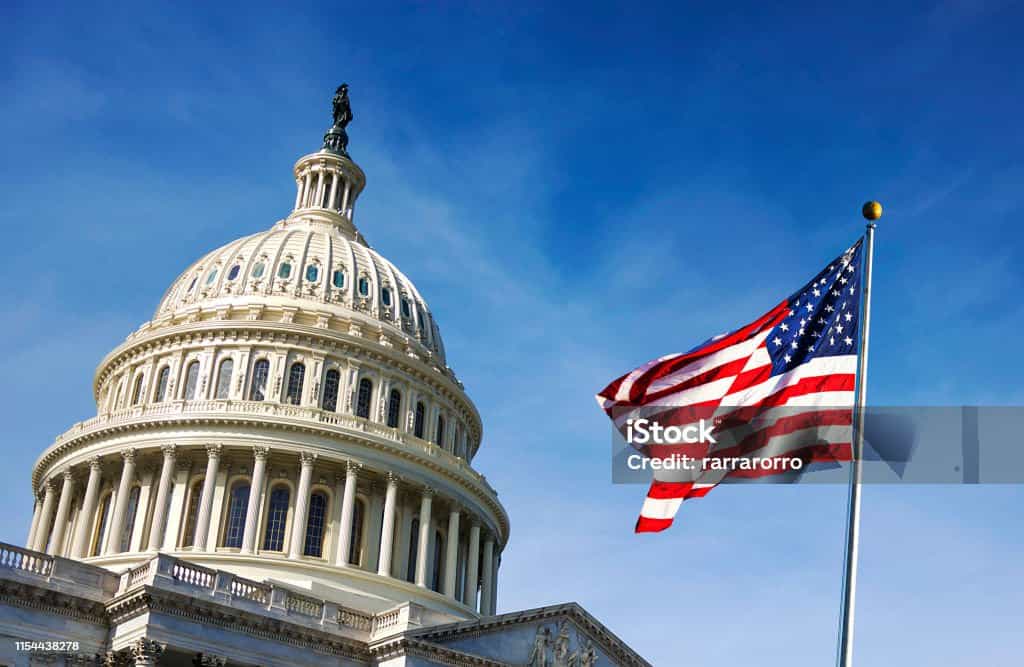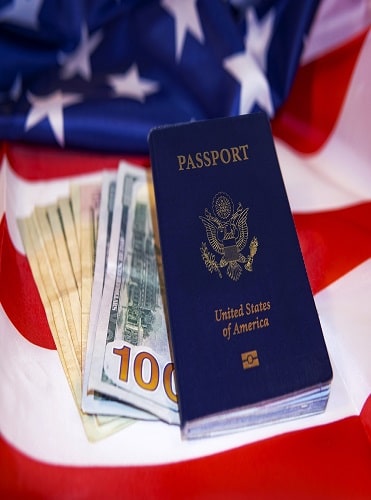Sponsoring a Non-Family Member Immigrant
Introduction:
Sponsoring a non family member immigrants means helping someone to get a green card or visa to live and work in the United States, and providing financial support if needed. There are many important differences between sponsoring a friend or acquaintance and sponsoring a family member for permanent residency in the United States. Understanding the eligibility requirements, application procedure, and legal responsibilities associated with sponsoring a non-relative is crucial for anyone making this commitment.
This in-depth article will outline the key considerations and multi-step process for sponsoring a non-family member through an employment-based or other pathway to a green card. Here we will give you detailed process and all necessary information.
Financial Requirements and Form I-864
Demonstrating enough financial resources and, if necessary, taking on long-term financial liability are two of the most crucial components of sponsoring a non-relative. Sponsors must meet the minimum income requirements outlined in Form I-864, Affidavit of Support, according to USCIS.
Sponsors must earn at least 125% of the US poverty level by 2023, after accounting for household size. This is equivalent to a minimum yearly gross revenue of $21,960 for a single sponsor. For a family of 4, the minimum is $43,348.
Along with income criteria, Form I-864 seeks information about the sponsor’s household, employment, tax returns from the past three years, assets and any other dependents claimed. By signing I-864, sponsors legally guarantee to provide financial support and ensure the sponsored immigrant doesn’t rely on means-tested public benefits for up to 10 years post-green card.
There are some exceptions to I-864 requirements – such as sponsorship by an active duty service member’s spouse. But otherwise, thoroughly completing and submitting this form is crucial. Failure to meet obligations can result in legal ramifications like deportation orders or permanent ineligibility to sponsor in the future.
ways for Sponsoring a Non-Family Member Immigrant

Employment-based green cards are the most common route for sponsoring a non-relative. Key categories and requirements include:
- EB-2 for individuals with advanced degrees or exceptional ability such as scientists, professors and multinational executives. Requires proper wage level job offer.
- EB-3 for skilled workers like engineers, healthcare professionals and technicians. Still needs a job offer but eligibility standards are lower than EB-2.
- National Interest Waivers are available for those with exceptional skills valuable to the US, such as researchers. No job offer needed.
- Extraordinary Ability Green Cards are an option for those with expertise in science, business or arts. Substantial documentation of achievements required.
In some rare cases, a non-family member can be sponsored through the Diversity Visa lottery program if selected. Humanitarian parole or asylum are other narrow pathways but involve different rules than traditional green cards.
The Application Process in Detail
To sponsor a non-relative for permanent residency, the typical multi-step process includes:
- Selecting the appropriate visa category – This requires assessing eligibility factors and available options. Consulting an immigration attorney is highly recommended.
- Filing Form I-140 Immigrant Petition – Details the employment qualifications and job offer for EB cases. Other categories have unique petition forms.
- Submitting financial documents – As discussed above, tax transcripts, W-2s, bank statements are provided to demonstrate income level.
- Medical examination – A required medical history/physical given by a USCIS-approved civil surgeon.
- Green card interview – Both sponsor and immigrant are interviewed separately by USCIS to verify application details.
- Green card approval – If all goes smoothly, the immigrant receives their permanent resident card (“green card”) in 2-6 months on average.
- Restrictions and obligations continue for 10 years post-residency, such as updating USCIS if job is lost, not relying on public aid and more. Being aware of these responsibilities is key.
Frequently Asked Questions
This section explores some common queries sponsors may have regarding the non-relative green card sponsorship process:
- What happens if the sponsored immigrant loses a job? Can they change employers?
- Are there limits on how many people a sponsor can support simultaneously?
- If the sponsor’s financial situation changes, can that impact the application?
- Can having multiple joint sponsors strengthen an application or case?
- What alternatives exist if the primary visa pathway is denied?
- How does sponsoring affect future immigration petitions or applications?
- Is there a path to citizenship for those immigrating through non-family sponsorship?
Providing answers to FAQs helps illuminate lesser-known aspects of this complicated process. Overall understanding obligations and permanence is paramount for any potential sponsor.
In conclusion, sponsoring a non-relative entails meaningful sacrifice but can reward sponsors with being reunited with a dear friend. With ample research and expert support, it is an attainable pathway provided all guidance and requirements continue to be followed over many years. For some, the benefit outweighs the commitment required.

Leave a Reply